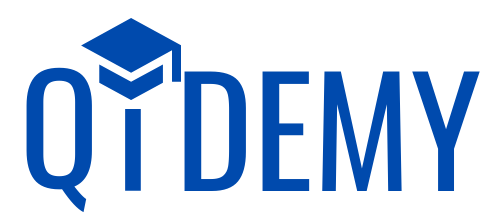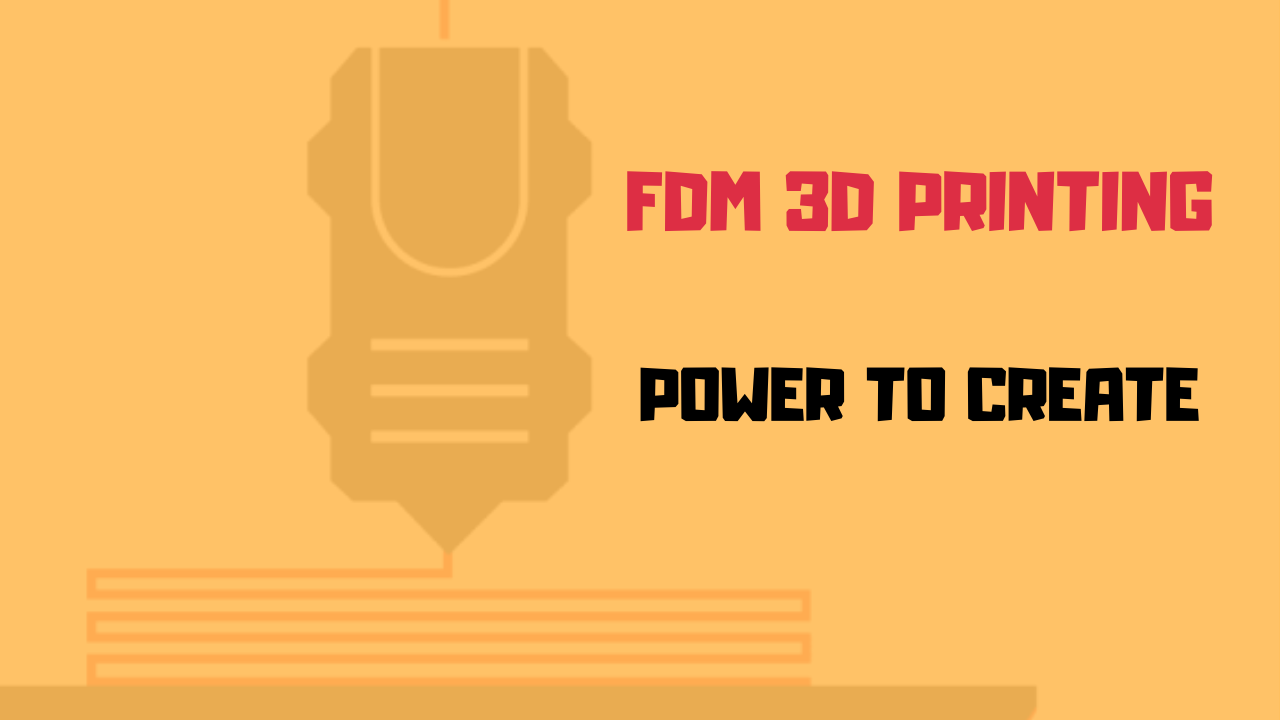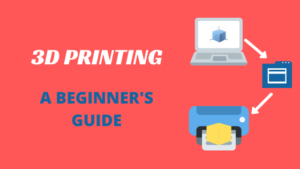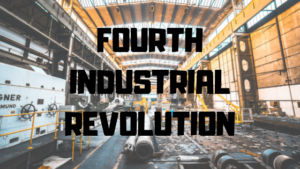In this article you will be able to understand about Fused Deposition Modelling(FDM), as we always do, we will try to cover all aspects of FDM. At the same time, we try to keep things simple.
Table of Contents
What is FDM?
Fused deposition modeling (FDM), also known as Fused Filament Fabrication(FFF), is an additive manufacturing (AM) process. In FDM desired object is created directly from a computer-aided design (CAD). The method of object formation in FDM is layer by layer deposition of a feedstock plastic filament material extruded through a nozzle.
Fused deposition modeling was developed by S. Scott Crump, co-founder of Stratasys, in 1988. With the 2009 expiration of the patent on this technology, people could use this type of printing without paying Stratasys for the right to do so, opening up commercial, DIY, and open-source 3D printer applications.
What is the working Principle of FDM 3D Printing?
The working principle of FDM can be explained using the example of InkJet printers. As, InkJet Printers deposit ink on paper in the desired shape, FDM is depositing thermoset plastic layer by layer.
FDM is a three-step process :
- 3D modeling: A digital copy of the design for 3D printing is made using CAD software or 3D scanning. Generally used 3D models for 3D printing are in STL format.STL derived its name from Stereolithography.STL is not a tailor-made format for additive manufacturing, so it can cause certain issues. To resolve this issue Additive Manufacturing File Format (AMF) was introduced in 2011.
- Slicing: Slicing is the process of converting the 3D model in a stack of flat layers. Slicing is done using slicing software. After this slicing software describes these layers as linear movements of the 3D printer extruder, fixation laser or equivalent.
- Product formation: Material feeds into the temperature-controlled FDM extrusion head, where it is heated to a semi-liquid state. The head extrudes and deposits the material in desired thickness layers onto a fixtureless base, one layer at a time in X and Y coordinates. After each layer is finished, the head moves in the Z direction to the next layer. Each layer solidifies and bonds, resulting in a solid three dimensional part.
What are the materials used in FDM 3D printing?
The most commonly used material in FDM is ABS plastic. In more sophisticated FDM 3D printers ABSi, Investment Casting Wax, and Elastomer are also used.
ABS plastic is widely used as raw material for FDM because of many inherent properties.ABS plastic is very high strength and corrosion-resistant relative to its cost.ABS is also easy to do finishing operations on.
ABSi has more strength and corrosive resistance than that of regular ABS.
Investment casting wax is generally used for making molds.
Elastomer provides strength and durability while still allowing for flexibility. It is best used in prototyping tubes, hosing, seals, and impact-absorbing parts.
Other materials like PPE, PEEK, TPU, PP are also used in FDM.
What resources are required for FDM?
3D Modelling Software: The first thing required for FDM 3D modeling is 3D model making software.STL format is the most used input file format type for 3D printers. Operating CAD software requires a certain level of expertise. Although all being said, CAD software is not very difficult to master.
Slicing Software: Slicing software is used in all 3D printing processes to convert CAD models in form 3D printers can understand. As the name suggests slicing software breaks down CAD models in stacks of horizontal layers.
Also slicing software describes layers in linear movements of 3D printer extruder, fixation laser or equivalent. These movements along with other specifications are converted into G-Code files, which indeed could be understood by a 3D printer.
3D printer : The third element required for 3D printing is the 3D printer itself. The 3D printer has a bed, Extruder nozzle, material wire.
The bed is a platform on which layer by layer deposition of material is done.
The nozzle is which ejects molten material for layer deposition. The material before it is extruded through the nozzle is in the form of a wire.
Vertical movement in the 3D printer is done by the bed in increments of layer thickness.
Applications and advantages of FDM?
- FDM is widely used for prototyping. In fact, 3D printing was invented for the purpose of rapid prototyping.FDM printing is good for prototype manufacturing as production time is very less compared to conventional manufacturing.
- Prosthetics is another field of application. In fact, 3D printing has revolutionized the medical field.
- Architectural modeling is one more field of application. There was a time when architectural models of residential complexes, power plants, stadiums and the like were made by using multiple materials like wood, polystyrene, acrylic, etc. These were not only costlier to make but were also difficult to transport in addition to the long manufacturing lead time. With the availability of FDM 3D printing technology, the architectural models can now be rapidly printed, transported easily in pieces and easily assembled on location.
- Home Decorations or gifts have recently been witnessing an increase in the use of FDM 3D modeling. Imagine you can make your loved ones customized gifts on a click of a button. Well, it’s possible now using FDM printing.
Home applications of FDM Printers?
- Personalized gifts can be made using an FDM 3D printer.
- Educational projects of your children can be made at the ease of home.
- You can give ideas in your head, a physical structure.
- Do fun projects or activities with your friends and family.





It’s a pity you don’t have a donate button! I’d without a doubt donate to this outstanding blog! I guess for now i’ll settle for book-marking and adding your RSS feed to my Google account. I look forward to new updates and will share this website with my Facebook group. Talk soon!
Hmm is anyone else having problems with the pictures on this blog loading? I’m trying to find out if its a problem on my end or if it’s the blog. Any responses would be greatly appreciated.